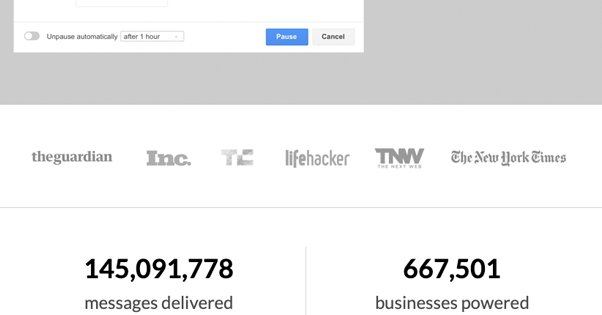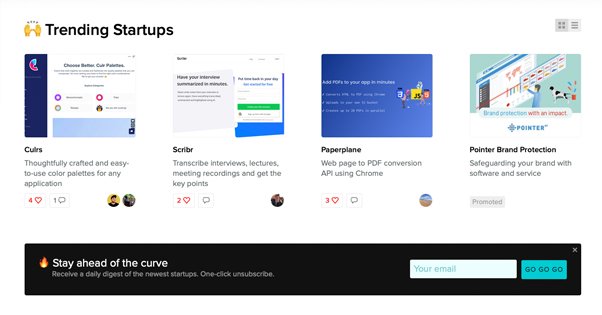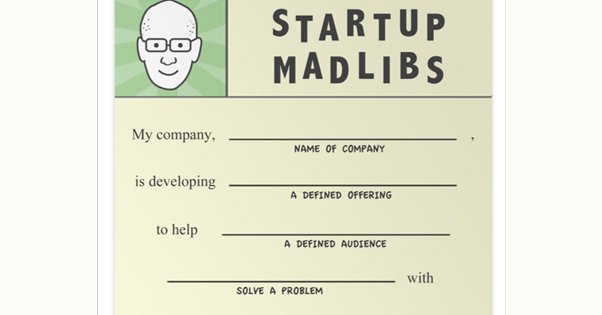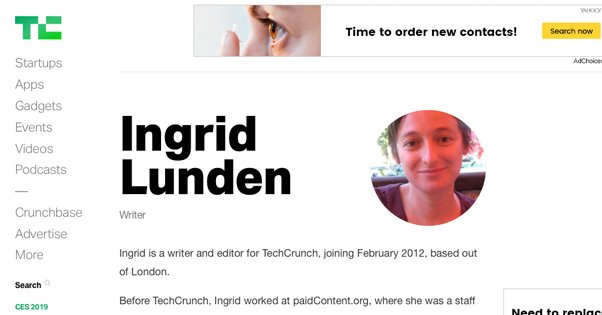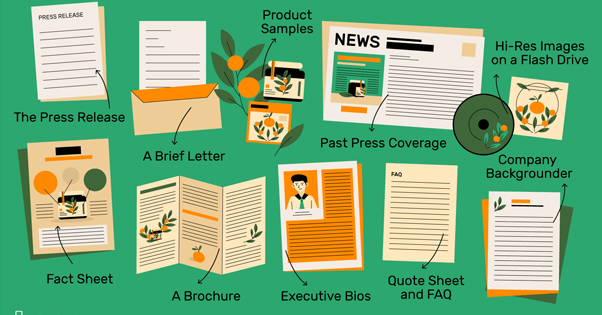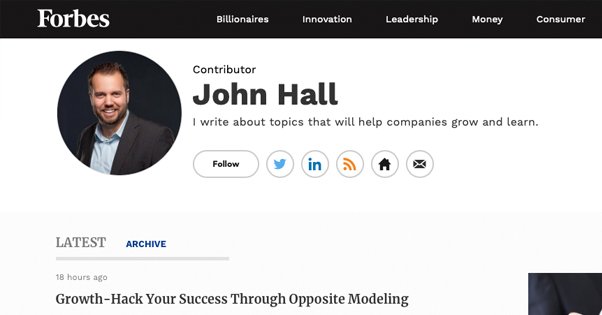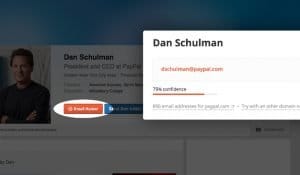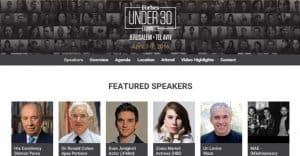How do you bring a startup from idea to reality? Funding is a big part of it, and you have to put in a lot of work, but everything sooner or later comes down to press coverage. The media helps you secure funding, it helps build interest in your product, it helps market and sell your product, and it can even help you recruit talent. It’s why viral Kickstarter campaigns make millions, and it’s why startups that can’t build energy stumble and fail. How can you bring the press down, and get it to lift you up?
1. Exercise Extreme Caution
Before taking any of the following steps, the first thing you need to do is recognize the need for caution when embarking on a PR journey. Press coverage is a crucial, make-or-break moment for most startups. A single high profile negative article can torpedo any chance of success you may have had. Worse, if the negative image attaches to you rather than just your company, it can taint everything you do from here on out. Make sure you’re treating press coverage with due care, knowing how bad the consequences can be.
2. Define Your Goals
While “get press” is an admirable goal, it’s not really tangible. What kind of press do you want, and what do you want to get out of your press coverage? You need to know what you want before you can go out and get it. Consider whether you want press to build awareness of a funding campaign, to seek out venture capital, to promote an existing product, or to establish yourself as a leader in your industry. Funding, customers, and authority; what are you aiming for?
3. Cover a Noteworthy Subject
One thing you’ll notice about most startups that go viral is that there’s always something going on. This isn’t an element of the fast-paced startup culture at work, though. No, it’s a carefully tuned artifact of press coverage. Always have something worth sharing.
No press release will be successful if it just points out that hey, our product is here, you should look at it. No, you need something worth talking about. It might be a new source of venture funding, it might be a new crowdfunding campaign, it might be a new executive hire or a company milestone; it doesn’t matter what it is, so long as there’s something.
4. Pick a Good Release Window
One of the most crucial and most overlooked aspects of successful press coverage is competition. What else is happening that might overrun your press coverage? Here’s one major example from gaming. Battleborn, a competitive shooter focusing on individual heroes with unique abilities, hyped itself up for release at the start of May in 2016. On its own, the game had plenty of merit, and could have been a wild success, if not for the fact that Overwatch, powered by Blizzard’s massive marketing team, utterly destroyed it with a late May 2016 release. This kind of thing happens in every industry all the time; perfectly good releases are crushed because of more high profile happenings.
5. Develop Your One-Sentence Pitch
Adeo Rossi of the Founder Institute wrote a lot about the one-sentence value proposition. It’s a single sentence you have to carefully craft to cover everything that’s truly relevant to get someone interested in your startup. The template is simple:
- My Company, [Name of Company], is developing [Product] to help [Target Audience] to [Solve X Problem], with the help of [Secret Sauce].
Each element is fairly straightforward. The most important parts are the target audience, the target problem, and the secret sauce.
The sauce, by the way, is what makes your company unique. Are you tied to the blockchain? Are you automating a previously manual task? Are you innovating an old product idea? You have to have something to make you stand out.
6. Eliminate Adjectives
When you’re writing any marketing copy, try to minimize the use of adjectives, particularly superlatives. Unless you’re strictly and completely unique, never call yourself the First or the Only. Never claim to be the Best. Always remember that there’s a pretty good chance that your product can be poached and brought to market before your release.
7. Dump the Jargon
Industry jargon is an absolute killer. If I start talking to you about how my product can help marketers boost their SEO KPIs through Listening and Outbound Marketing, and you don’t know a thing about internet marketing, are you going to have any idea what I’m talking about?
Jargon is the fastest way to turn someone off from your product. In a solo discussion it might make them feel out of the loop, or they might not want to pause for clarification. You lose them and you never know. In a group, you end up talking to the few experts rather than the whole group, and lose everyone you don’t address.
8. Build a Narrative
The way you hook your readers is with a narrative. You have an audience, you have a problem; turn that into a story. You’re in a hurry, you need to get out the door and get to work on time, you don’t have time to stop for a meal; enter Soylent.
Creating a story builds a connection with your audience. People sympathize with problems they have experienced, and you lead them naturally to how your product will solve the problem and fit within their lifestyle. Tell it right, and you hook people into backing or preordering.
9. Research Prospective Journalists
Sooner or later, you’re going to need to reach out to journalists to get your press coverage. Do your research. An average journalist for a large publication can get dozens to hundreds of pitches per day. High profile journalists might get so many they rarely even look at them. They’re reading your pitches with an eye for any reason at all to ignore you.
Do your research to find journalists who have a high enough profile position to give you adequate coverage, while also making sure they cover your industry. You don’t want to send a tech reporter a pitch about your new clothing line, not unless it’s wearable tech. Build a list; you can’t build your hopes and dreams on the reaction of one person.
10. Research Contact Methods
Different journalists have different preferred methods of contact. Some of them will only give you the time of day when you submit a properly formatted pitch to their business email address. Others are only willing to talk to people who are willing to reach out to them on Twitter or LinkedIn. Some are open to just about anything. The key is to figure out the right way to contact each journalist and approach them on their own terms.
11. Build the Ladder
I’ve referred to this strategy a lot with guest posting as a tiered system. Others label it a ladder or a pyramid. At the base level, you have a large number of blogs that have relatively small audiences and fairly low authority, but which are quite easy to get coverage from. At the top of the ladder, you have the mainstream media sites, anything from Forbes to Reuters to Mashable. The big name household publications that can get you in front of tens of millions of people, if you can squeeze into their coverage area. Make sure to cover all the bases and build your way up with coverage; no complete unknown will break into Forbes.
12. Start Influencer Marketing
How do you get your pitch to stand out in the eyes of a journalist who has to see a hundred perfectly formatted pitches every day? Start showing up everywhere. Follow them on social media and start leaving relevant comments and shares on their articles.
Start being a common face when they write something new. When you send them a contact, they’ll recognize you, even if they don’t know quite why. It gives you that bit of extra chance.
13. Use Email Templates
When you’re writing an email to pitch to journalists, a template can help quite a bit. Be sure to customize it, of course; journalists probably see these templates quite frequently and can almost tell you how they’re going to go. Use them as a starting point. This site has some pretty good templates down in their fifth section, but you can find quite a few more throughout the PR blogosphere. (Note: that’s Jargon you should avoid using.)
14. Track Results
One thing you should always do is track your emails. There are a hundred different apps that can track open rates and the time when a user opens your message; this can be a powerful tool to help you know whether a pitch has gone ignored or if it hasn’t even been opened yet.
Your email pitches should be tracked so you can add the results of outreach to various journalists to your sheet of pitch tracking information. You want to keep an eye on who is and who isn’t engaging with you, both for awareness of the state of your campaign, and for future “returning the favor”.
15. Prep Your Site For Coverage
Your website needs to be able handle two things: the queries journalists are likely to make, and the traffic their articles are likely to bring.
Traffic is “easy”, in that all you really need is a site that is streamlined enough that it doesn’t use much server resources, and sufficient server resources to handle the strain of a viral influx of traffic. You don’t want your site to go down right when the peak number of people are trying to visit, right?
The other part involves creating a press kit. Put together something with your pitch, any key information a journalist might want, media, and anything else they might find useful.
16. Remember the Future
It’s worth taking a second here to reiterate that you’re using press coverage to achieve specific, tangible goals. You’re not going to get anywhere by shotgunning out a ton of press requests right when you’re launching your crowdfunding campaign. Rather, you want to get your press coverage squared away in advance if at all possible. If you’re launching in two months, you have two months to contact journalists and get their posts ready to go for when you launch.
17. Don’t Treat Press Like Ads
Remember that journalists are meant to be impartial. They’re not going to be giving you coverage for the sake of coverage. They want to cover your industry, the context of your product, your past failures and successes, and on and on. Don’t try to treat press coverage as if it’s just a series of ads for your company; many journalists want to dig a lot deeper, and not all of your press will be completely flattering.
18. Guest Post In Advance
One thing that can go a long way towards building up your relationships with journalists is guest posting.
Get yourself a place as a contributor on major publications and you transition yourself from startup CEO to thought leader, which is a brilliant place to be.
19. Have a Communications Team
If you reach a point where you’re getting press coverage, people are going to be contacting you. Some of these will be indie journalists with little influence, while others might be high powered venture capitalists. Make sure you’re easy to contact, and that you have good response times. If this means hiring someone specifically to handle your email for a while, so be it.
20. Don’t Forget Traditional Media
Remember that you can get coverage on local news stations, on the radio, and in physical print publications as well as just on the internet. Don’t neglect the real world just because it’s easier to email an editor at Mashable than it is to call your newspaper’s editor.
21. Have Data
What percentage of people with the problem your product solves are losing money? What is the average cost of the alternatives every year? What is the environmental impact of the current way of doing things? Have data that’s relevant to your industry and your product on hand.
You want this as part of your press kit, so journalists can use it if they need to.
22. Keep Data Secondary
Remember that most typical blog readers aren’t there to read statistics, and many inherently distrust statistics either because they’re hard to grasp or they can be very misleading. Remember that the focus of your pitch and of your coverage should be the human story, not the data.
23. Customize Your Pitches
Remember that each journalist you’re writing to is working in their own unique arena. No two journalists are alike, and your pitches should take that into consideration. Look for cases where a journalist has shared something relevant and build off that, for example.
24. Give Them Time
Remember that it takes time to research a story and put something together, and that many publications have editorial calendars full at least a week in advance. Make sure you’re contacting and working with journalists far enough in advance that they have time to write and publish before your launch, when you most need the press.
25. Consider an Agent
A good PR agent or agency can do all of the above, and they can do it better than you can, because they have existing contacts and experience. The question is, can you afford it? A PR agency is going to be a significant expense. In a perfect world, that expense is returned multiple times over in the results of your press coverage, but that’s not always the case. It’s something you need to consider carefully, but definitely consider it.
 ContentPowered.com
ContentPowered.com
